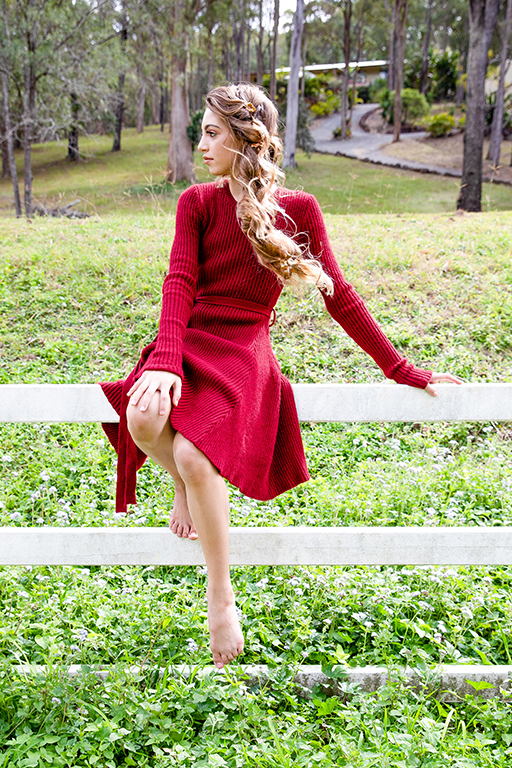The Beginner's Guide to Product Photography
If a photo is worth a thousand words, a stunning product photo deserves a thousand site gos to. Although I do not have data to support that declaration (yet), product photography can be incredibly useful to your ecommerce site approach.
To reach your target market members who prefer purchasing online, you additionally require to offer your audience clear, appealing photos of your products.
Yet product photography isn't as simple as pointing and also firing. Also one of the most fundamental products require the right equipment, lights, and also area to produce lovely photos that offer buyers right from the purchase web page.
6 Product Photography Tips ( and also Examples) for Taking Photo That Sell
Below are the ideas, examples, as well as materials you'll require to successfully picture and market your items in a manner that makes your site visitors as well as leads wish to convert.
1. Do not hesitate to use your smartphone's electronic camera.
This is the part where I'm intended to encourage you to purchase a premium, 50-megapixel (MP) cam with a 100-millimeter screw-on lens. Yet I'm not going to do that.
If you already possess a camera that fits this summary, benefit from it. But also for lots of kinds of items, it's completely acceptable to shoot product photos on a mobile phone.
Newer mobile phones boast powerful camera lenses and setups that enable you to optimize your shots for the various types of light and atmospheres you could fire in.
If you need extra convincing, simply look into Apple's Shot On An iPhone project as well as the images that have arised from it for many years such as this one:

2. Fire from a tripod for photo uniformity.
Before describing tripods, I'm bound to begin with a cardinal policy: Do not prop your phone versus something strong to aim your lens toward the subject.
It's just too very easy for this makeshift configuration to glide about throughout the shoot and also trigger disparities in your photos' look. If you rest your electronic camera on, claim, a pile of publications, just make certain this plan does not transform throughout the shoot.
There's no damage in holding your electronic camera yourself when firing just a couple of product photos for your ecommerce site. But as your organization expands, and you take more pictures of even more items, it can be hard to standardize the product's alignment in each photo when shooting handheld.
To ensure consistency throughout your products, you'll require a tripod. And the good news is, acquiring one isn't always the large, industrial-sized investment it utilized to be.
Right here are 2 kinds of tripods to think about.
Typical vs. Versatile
This is a custom tripod-- there are standard tripods offered for both video cameras and smartphones.
A versatile tripod can be manipulated in a number of ways. You can flex its legs and also position it on different surfaces to get the angle you need.
Mobile Grasp
There's frequently a screw on the top of your tripod which attaches to your camera to hold it in place. The underside of many professional-grade video cameras has a screw opening just for this purpose, but smartphones can make use of the complying with adapter:
The adapter grasps the sides of your smartphone and can screw right into either kind of tripod, permitting you to operate the electronic camera manages with the phone screen dealing with outward and toward you.
Once you identify which install you'll need, set it up before your product, and also think about placing three pieces of tape on the ground to mark where you would love to maintain each leg of your tripod over the course of the shoot.

3. Select all-natural light or man-made light.

A solitary lights setup may not help every product-- a lighting plan that benefits some products might compromise the appearance of others.
There are two types of light you can choose as your major light source: all-natural and also artificial light.
Natural Light
Natural light describes sunlight-- simple as that. It's also referred to as "soft light" due to the fact that the sunlight casts a larger, softer series of light than, say, a light shining straight on the product. Ecommerce product shots thrive in natural light if:
The product is shot outside or indicated to be used outside.
The product is used by, worn on, or shot with a individual ( individuals have a tendency to look much better in natural light).You're attempting to emphasize the product's surroundings, as opposed to specific qualities of the product.
Below's an example of a shot utilizing natural light:
Synthetic Light
Man-made light includes candles, fire, as well as a lot more generally, light bulbs. It's likewise referred to as " difficult light" because it generates a smaller sized but a lot more concentrated light surface. This sort of light satisfies products with physical details that need to be highlighted to excite an on-line buyer.
As a basic guideline, stay with just one type of light per photo-- natural or fabricated. Including natural light to an artificially lit photo can soften a product that's meant to festinate, and also including fabricated light to a naturally lit photo can hone a product that's implied to look soft. You do not wish to get in your own means.
4. Fill up or jump your light to soften shadows.
Whether you make use of all-natural light or fabricated light, you'll require to decrease the shadows that any type of possible tough light casts on the opposite end of a product.
There are three methods to do this:
Load Light
Consist of an additional, less-intense light source to supplement your primary light. This extra light is called your fill light and also is used as a counterbalance to soften the natural shadow your primary light generates behind an object.
To do this, place your fill light contrary your major light so your product sits in between both light sources.
Flashbulb Bounce Card
A bounce card, or reflector card, is a tiny card that " shows" or " jumps" the main light back onto the surface area underneath your product to decrease darkness.
Some bounce cards connect to the flashbulb of a professional electronic camera lens to diffuse the light from the cam's Street Photography flash. This card sprays a softer light onto the topic from above your set-- instead of directly at it-- so you do not have long shadows trail behind the object you're shooting.
Standalone Bounce Card
If you're shooting from a smartphone, a flashbulb bounce card isn't an alternative, considering that you don't have a physical flash you can affix it to. Instead, make your own standalone bounce card placed opposite your main light source.
For newbies to product photography, this bounce card can properly change your fill light, which counters the hard light from the cam flash or light that's encountering toward the front of your product.
5. Utilize a move or portrait mode to emphasize the product.
There isn't one best way to position your product, lights, and jump cards-- they can change considerably relying on your history. But do not choose a background based on what's most convenient to develop. Backgrounds need to resemble how you desire your purchasers to view your product when watching it online.
Think about first whether you 'd such as a white background or a much more dynamic, real-world history. There's an simple method to attain each one.
White History: Sweep
For white histories, it's not as easy as setting up a table versus white drywall. Also smart device cams can grab little imperfections on a white wall that you would not notice with the nude eye. To record a best white history without edges or acnes, utilize a move.
A move is a big bendable sheet of http://johnnynzpb935.theglensecret.com/6-requirement-to-know-product-photography-tips-as-well-as-techniques paper, whose lower acts as the surface below your product and after that contours up right into a white wall behind the product.
On camera, the move's contour is unseen, stressing crucial product information and also enabling the product to possess every one of a website visitor's focus.
Real-World History: Picture Mode
Dynamic, real-world backgrounds are really appealing when shooting products that have a specific use or are being modeled by a person-- as you saw aware of the briefcase earlier in this guide.
But, it's easy for a real-world history to swipe the emphasis of the photo, making it unclear which item in the photo you're really selling.
Provide your product deepness and emphasis with portrait mode, a photo setting on most specialist video cameras, as well as likewise available on several new mobile phones. This setting obscures the background so the context of the product is clear however not completing against the product itself.
Below is a super incredible photo of a HubSpot pen taken in picture setting on a Google Pixel 2 (I took this image myself). You can tell the pen remains on a desk with a computer system behind it, however the pen is still the prime focus for visitors:
6. Fire a range of pictures.
My last ecommerce photography suggestion to you is to not stop at one photo per product. Just as your consumers look, hold, use, as well as also try on goods in a store, your website must fire a range of photos to mimic this really experience.
If you're firing clothes, for instance, record the garment of garments alone-- that is, spread out on a white surface area-- along with on a mannequin whose shade contrasts the color of the product.
Then, for extra images, have the apparel modeled on a individual, permitting you to take pictures of the product from the individual's different presents as well as angles.
Product Photography Set Up
Next, allow's summarize what we simply got-- below's a checklist of fast product photography set up ideas that you can describe as well as share on your group:
• Choose a electronic camera-- whether that means utilizing your mobile phone.
• Get a tripod that works for your electronic camera of selection.• Select all-natural or artificial lights-- think of which option is best for your product as well as atmosphere.
• Determine whether you'll fill up or bounce light.• Select move or picture setting.
• Take a number of different pictures to provide your audiences selection.
Begin With Your Product Photography
Don't really feel required to buy every suggestion and also piece of equipment at once. Apply these product photography ideas slowly to see what makes your store look one of the most nice, as well as change your method as your photography chops get better.